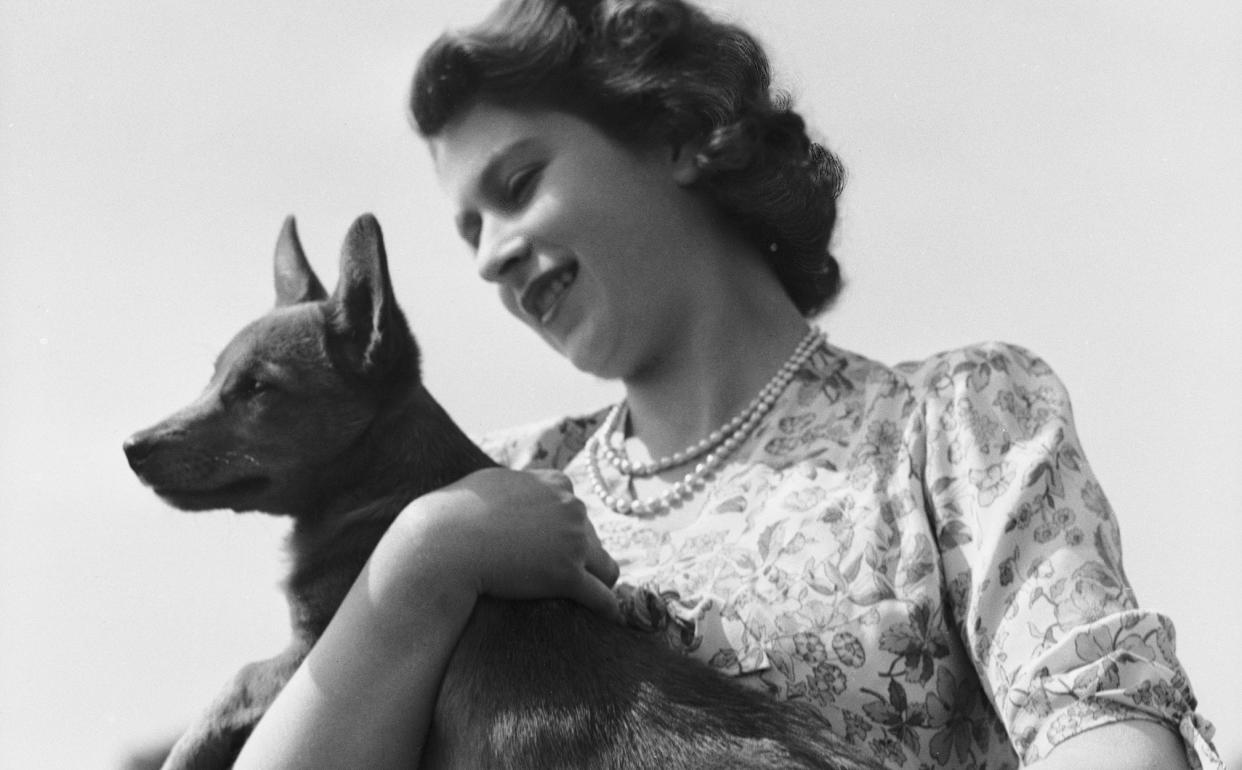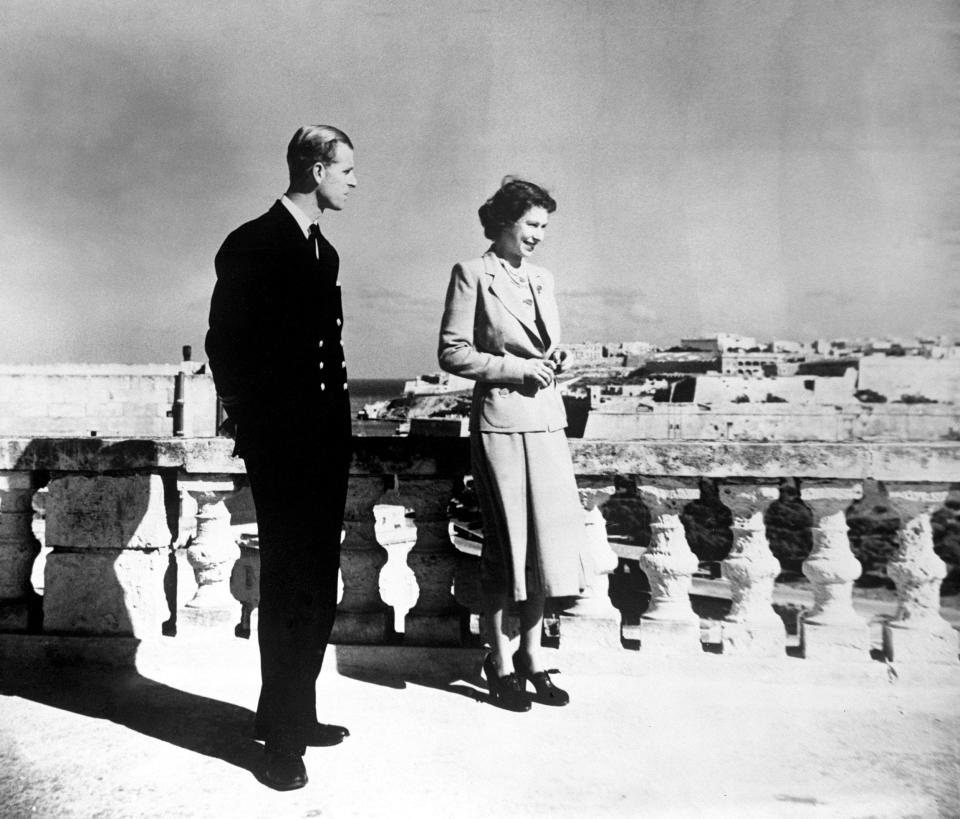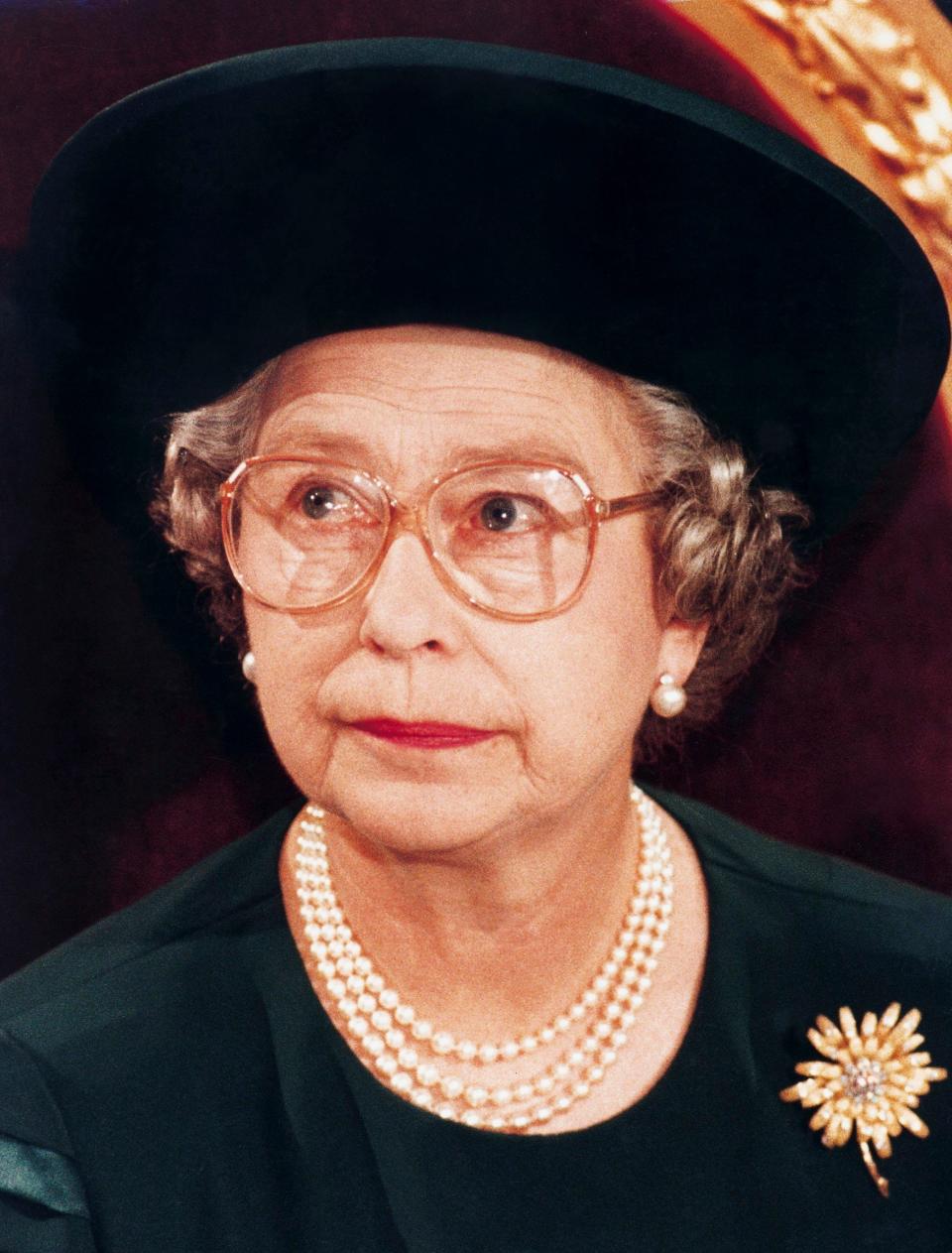Andrew Morton’s admirable new biography of the Queen feels like atonement for his Diana bombshells

Thirty years ago, Andrew Morton leapt to pole position among royal biographers with the publication of Diana: Her True Story. His staggeringly intimate detailing of the princess’s life and marriage spent 58 weeks in the bestseller lists, was translated into 35 languages and inspired films, documentaries and seemingly infinite commentary about the royal family – and, of course, made millions for its author. Only later did it transpire that it was based on the ipsissima verba of its subject, via tapes smuggled out of Kensington Palace.
Morton went on to write many other books, dabbling in celebrity biography (Tom Cruise, Madonna, Monica Lewinsky) while keeping a grip on the royal market (William & Catherine; Meghan: A Hollywood Princess; Wallis in Love). Now, in this Jubilee year, he has gone for the big one, a biography of the Queen herself.
There is, of course, no question of secret tapes or any kind of cooperation here, for if there is one thing Her Majesty is as famous for as her sense of duty and dedication, it is her discretion. Only occasionally do we catch a glimpse of her views, as in her delicate, dignified yet lethal put down (“Recollections may vary”) after the infamous Oprah Winfrey interview with Harry and Meghan.
Morton, who has spent over 40 years as a royal reporter, meeting members of the Royal Family and their aides and household staff, has produced a clear, sober and workmanlike account of the Queen’s life, its various events set in the context of the times. In a sense, it could be called an atonement: here is the biographer who has arguably caused the Queen the most pain treating his admirable subject in an admirable way.
Much, of course, is a matter of public record, or set out in previous biographies. There is nothing new, for example, in his recounting of the Queen’s childhood, adolescence and meeting with Prince Philip. But what emerges clearly is that, as far as possible within the constraints and difficulties of wartime, it was a happy time spent with loving parents who did their best to see that their children had companionship and fun – first with a troop of Girl Guides, later with young officers to dance with. In a word, there was stability, and example, both of which must have helped form the Queen’s rock-solid sense of duty.

Her father explained her future from an early age while her mother – later known as the Queen Mother – was always a strong influence, from social guidance (“When you enter a room, always come through the middle of the door,” meaning: walk in confidently) to the importance of tradition. Her mother had hoped she would marry the Duke of Grafton, but the young Princess Elizabeth held out for her glamorous but impecunious suitor, Prince Philip.
Their eventual wedding, two years after the horrors and privations of the war, was a cause of national rejoicing, although the Labour Prime Minister, Clement Attlee, did express a concern: was the silk for her wedding dress spun from silkworms that came from a country that we had been fighting? (Presumably he meant Japan.) He was tartly reassured by the dress’s designer, Norman Hartnell, that no, it was not from enemy silkworms but from those of our ally Nationalist China. On the day, the Princess looked wonderful, but the Crown Princess of the Netherlands was heard to complain that “everyone’s jewellery is so dirty”.
Morton rehearses Elizabeth’s happy life in Malta as a young naval wife and mother, how she learnt of her father’s death while staying at the game lodge Treetops in Kenya, the appointment of her former nursemaid Bobo Macdonald to be her official dresser, heralding in an era when she was dressed in a way that would seem appropriate to any right-thinking Scotswoman – “a tight helmet hairdo, intimidating handbag, twin set, pearls and white gloves,” as Morton puts it. Only with the advent of Angela Kelly in 1994 did the Queen’s dressing become altogether softer, prettier and more elegant – and with far better hats.

In those early days, the young Queen came in for her share of criticism, although the Conservative politician and historian Lord Altrincham’s article in the National and English Review in 1957, describing her style of speaking as “a pain in the neck”, earned him a punch in the face from an infuriated member of the public. The Queen's response was simply to give her first Christmas broadcast.
Routine, and a certain thriftiness, have always been cornerstones of her life. Her morning bath was never more than seven inches deep, and 22 degrees celsius (tested by thermometer); teatime was when she usually saw her family; for years she
was careful to stick rigidly to her weight of eight stone, as clothes often had to be fitted and made months in advance of some overseas tour, and no-one wanted alterations at the last minute. But her frugality did not extend to her mother who, subsidised by the Queen, merrily spent huge sums to fund her extravagant Edwardian way of life. Morton is interesting on this, pointing out the Queen’s sensitivity, not only to her mother’s tragically early widowhood but also to the psychological shock caused by their sudden reversal of roles.
The Queen’s self-control has always been extraordinary. In 1981, when six shots (only later discovered to be blanks) were fired at her as she rode her horse Burmese during the Trooping the Colour ceremony, her only reaction was to steady Burmese by stroking the horse’s neck.

She has survived numerous family disasters, all magnified by the unrelenting gaze of press and public, many in what she called her annus horribilis of 1992, with the marriages of Prince Charles and Prince Andrew collapsing, the divorce of Princess Anne, the publication of Morton’s own book, Diana: Her True Story, and the Windsor Castle fire. Photographs of the Queen around this time show her looking ashen and devastated. Diana’s death and the sense of dislocation between the monarchy and the people are dealt with at length, as are the tensions between various members of the royal family, all exacerbated by leaks from various aides.
More recently there has been the Andrew debacle and the ongoing saga of Megxit. “What the hell are they playing at?” said Prince Philip indignantly – he would undoubtedly have said something even stronger had he known that the Oprah Winfrey deal had already been concluded long before: only a few months after the couple’s wedding. And, of course, there was the arrival of Covid.
The Queen herself has changed, thinks Morton. “After her mother’s death left her the undisputed matriarch of the family and with the knowledge of her increased popularity, she blossomed.” Without her mother’s insistence on doing things as they had always been done, she has also mellowed, allowing her own pragmatic judgement to come to the fore. Camilla, one of the main causes of earlier contention, has now not only been brought into public view and acceptance, but given Elizabeth’s imprimatur as future queen consort.
The Queen has dealt with all these dramas as she has dealt with everything throughout her reign: with courage, fortitude and firmness. “Much loved and immensely popular,” says Morton, “she will go down in history as perhaps our greatest queen.” Who could disagree?
The Queen by Andrew Morton is published by Michael O'Mara at £20. To order your copy, call 0844 871 1514 or visit Telegraph Books


